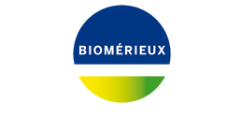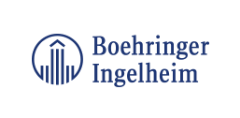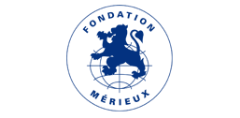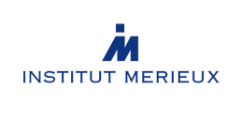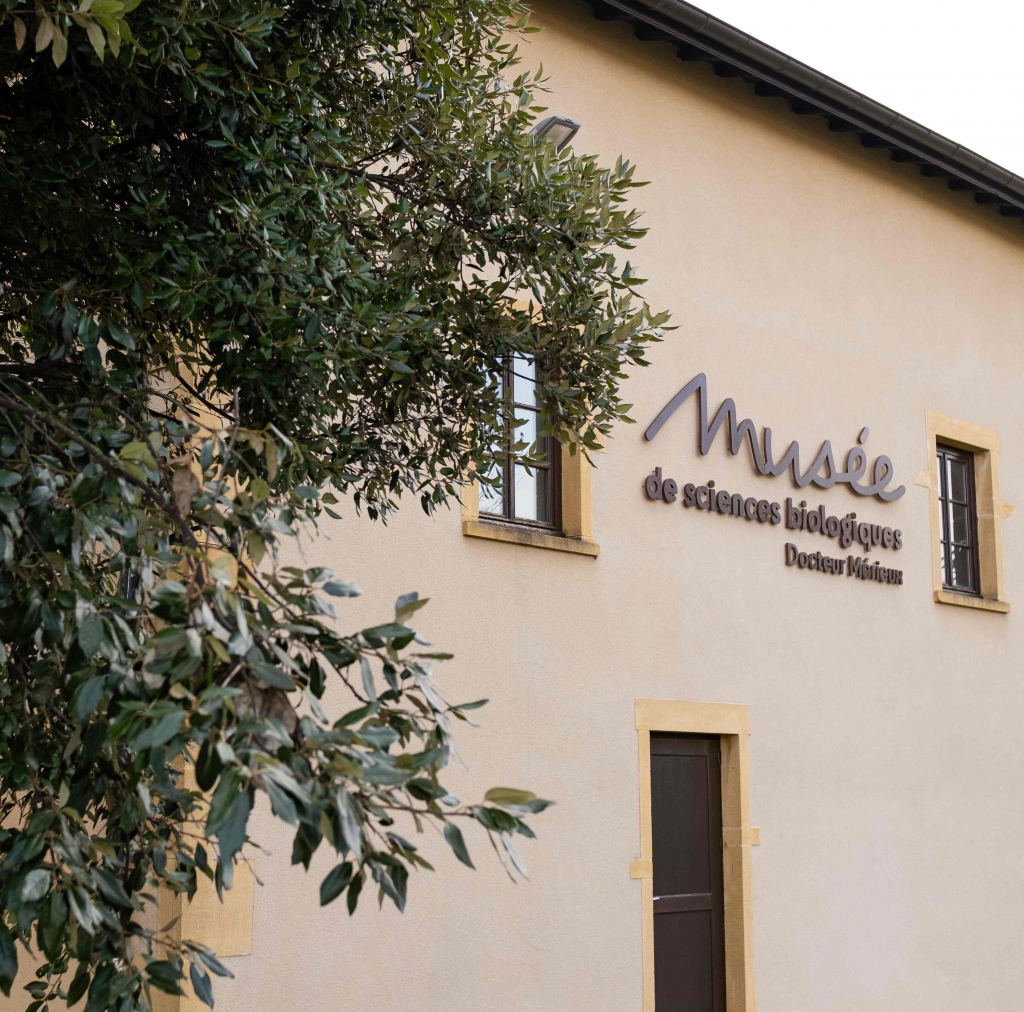
The Museum
The Dr. Mérieux Museum of Biological Sciences in Marcy-l’Étoile is a space to learn about biology and the fight against infectious diseases. It is open to everyone: children, families, school groups, groups of adults, and individuals.
Experience the great epic of biology!
At the Dr. Mérieux Museum of Biological Sciences, discover how scientists from ancient times to today have gradually come to understand the mechanisms behind the infectious diseases that affect us all.
At the end of the 19th century, the Frenchman Louis Pasteur and the German Robert Koch established the field of microbiology. This discipline revolutionized our understanding of infectious diseases in humans and animals!
Marcel Mérieux, a young Lyon chemist, was one of their successors. These microbiology pioneers, and the succeeding generations, refined our knowledge of microorganisms and the factors that spread infectious diseases. They also developed stronger and stronger tools to protect us.
With the emergence of COVID-19, AIDS, the avian flu, and antibiotic resistance, the fight against infectious diseases remains just as critical today. All around the world, doctors, veterinarians, biologists, all kinds of researchers, industrialists, public institutions, and everyday people are fighting these diseases using an approach that strives to eliminate the boundaries between human, animal, and environmental health.
Marcy-l’Étoile, which was a small farming town at the beginning of the 19th century, played an important role in this adventure. This was where Marcel Mérieux set up his first laboratories in 1917. Over time, these labs produced serums, vaccines, and then diagnostic tests to be shipped all over the world.
Come (re)discover this history, which continues to be written, at the Dr. Mérieux Museum of Biological Sciences!
To learn more
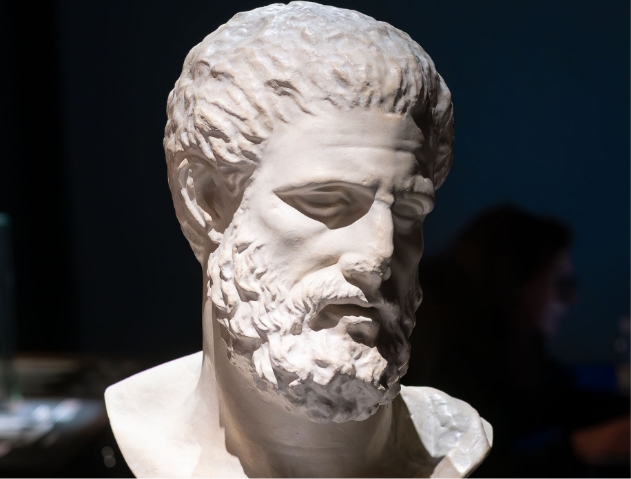
Hippocrates, the father of medicine
When many viewed diseases as a divine punishment, the Greek physician, considered the father of medicine, broke with the past. He took a rational approach to health, described meningitis, tetanus, and phthisis (tuberculosis), and looked for natural rather than supernatural causes. He subscribed to the humoral theory, which was taken up by great thinkers and inspired medical practices until the 19th century.
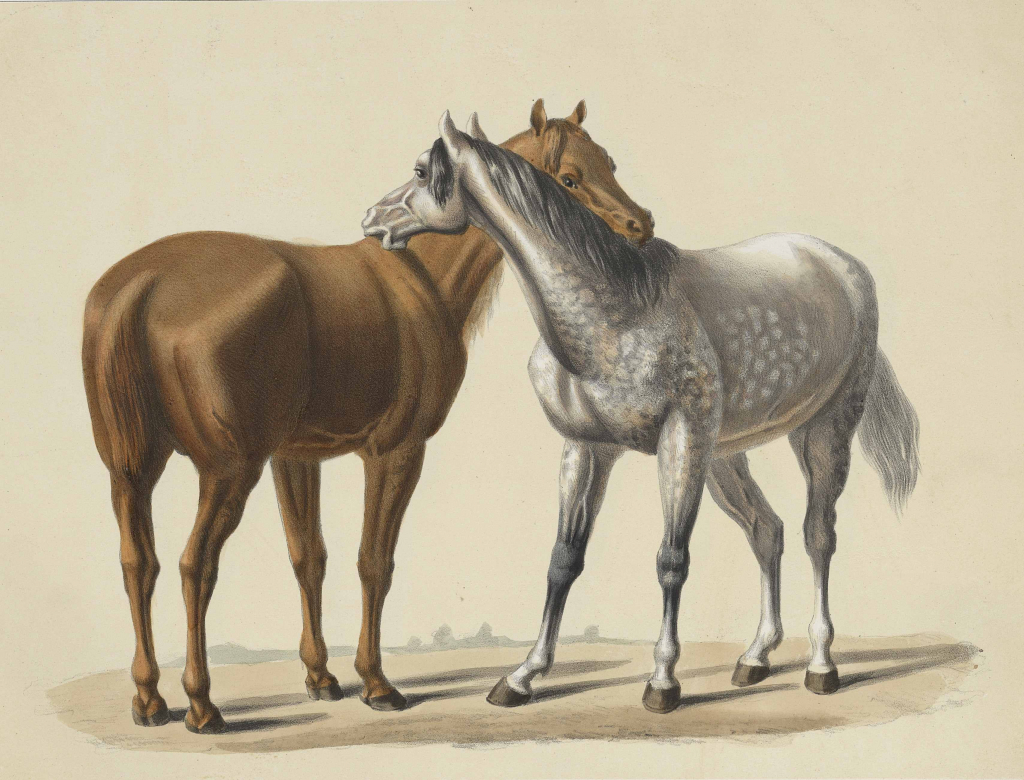
The horse, the Museum’s common thread
Since horses were seen as noble animals, they were the first to benefit from human medical knowledge. “Human medicine is useful to equine medicine and vice versa,” said Claude Bourgelat, the king’s equerry, who founded the world’s first veterinary school in Lyon in 1761. In the 20th century, horses contributed to the production of serums to fight against infectious diseases. Marcel Mérieux first set up his herds of horses in Caluire, then moved them to Marcy-l’Étoile in 1917 as his work expanded.
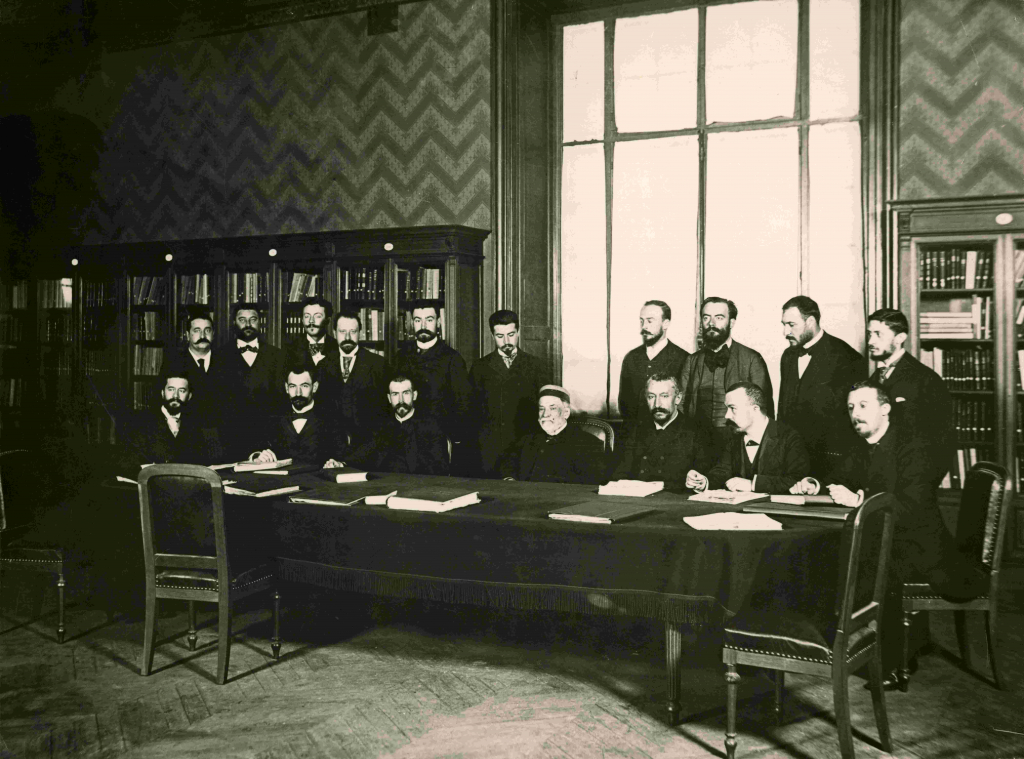
Marcel Mérieux at Institut Pasteur
Marcel Mérieux was born in 1870 into a family of silk producers in Lyon. He studied at the École de Chimie Industrielle de Lyon and then in Germany under Carl Remigius Fresenius, where he developed his knowledge of dyes. But everything changed when he met Louis Pasteur and Emile Roux, Pasteur’s right-hand man. At Institut Pasteur, Marcel Mérieux’s knowledge of dyes served not for fabrics, but to identify streptococcus, diphtheria bacillus, pneumococcus, and so on. He became one of the first biochemists in France, founding a laboratory in 1897: Institut Mérieux, which continues to fight against infectious diseases to this day.
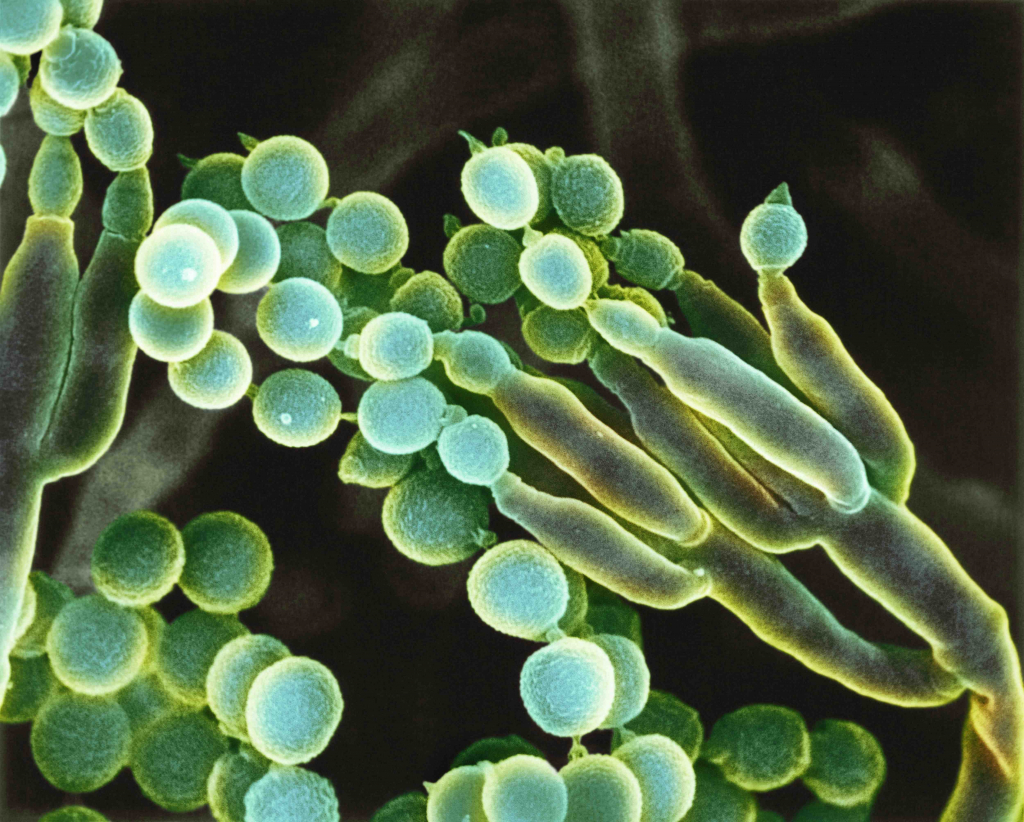
Explore the infinitely small
Antonie van Leeuwenhoek invented the first microscope in 1673, which, along with the optical microscope and later the electron microscope, have allowed us to observe tinier and tinier corpuscules. We had to wait for the invention of the electron microscope in 1931 to observe viruses, the smallest microorganisms. Before that, we didn’t know much about their role in human and animal diseases.
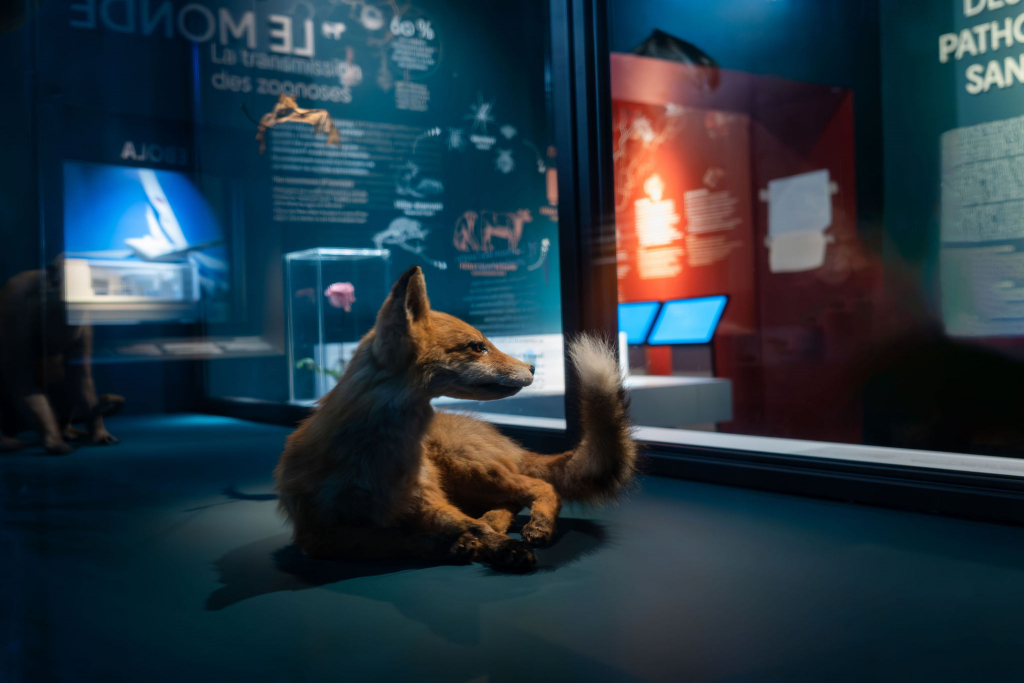
The animals all around us
Animals are the source of 60% of the infectious diseases affecting humans, called zoonoses. Pathogens generally live in animals called “reservoirs,” healthy carriers that show no clinical signs of infection. They can contaminate humans in two ways:
- through a disease vector like mosquitoes,
- through an “intermediate host” that allows them to mutate and adapt to new species.
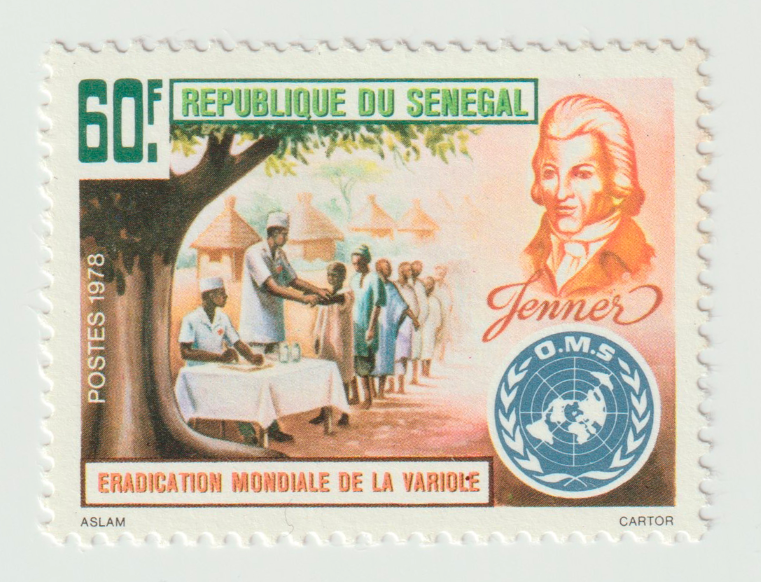
The eradication of smallpox
In 1796, the English country doctor Edward Jenner created the first smallpox vaccine. He made a connection between human smallpox and “vaccinia” or “cowpox.” This mild disease was common among people who milked cows and came into contact with sores on cow udders. It seemed to offer protection against human smallpox, an often fatal disease. At first, people were afraid of this vaccine. However, after many global vaccination campaigns, smallpox was considered eradicated in 1980.
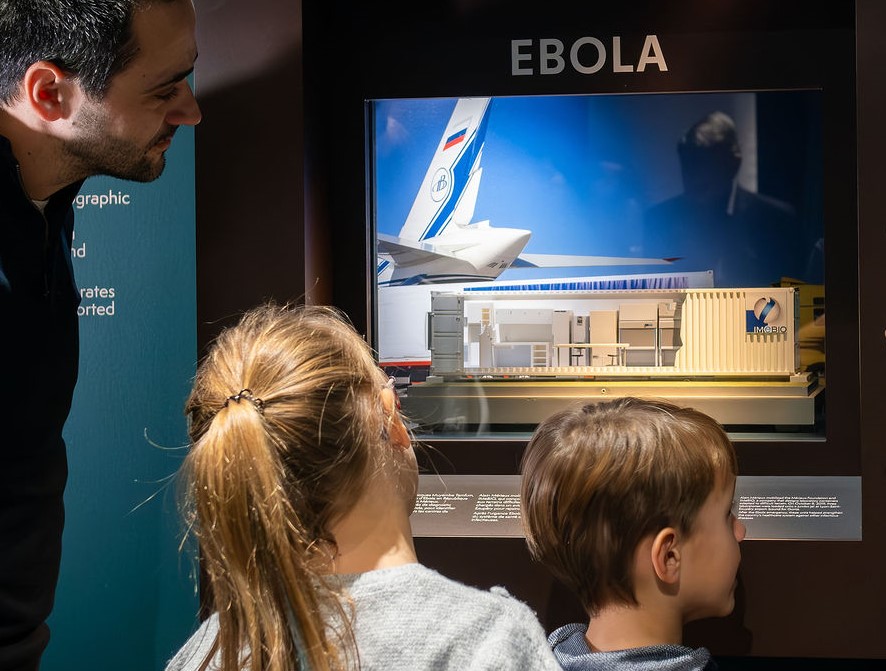
Diagnostics, an important tool to fight Ebola
Given that mortality rates can reach 90% during certain epidemics, rapid diagnosis is the key to treating, isolating the sick, and curtailing the spread of the Ebola virus. In 2019, to combat the Ebola epidemic that struck the Democratic Republic of Congo (DRC), Alain Mérieux mobilized the staff of the Mérieux Foundation and IMeBIO, a company that designs laboratory containers adapted to complex and challenging environments. Three laboratories were loaded onto a jumbo jet at Lyon-Saint Exupéry airport and flown to Goma, DRC. After the end of the Ebola crisis, these units helped strengthen health systems to fight other infectious diseases in the country.
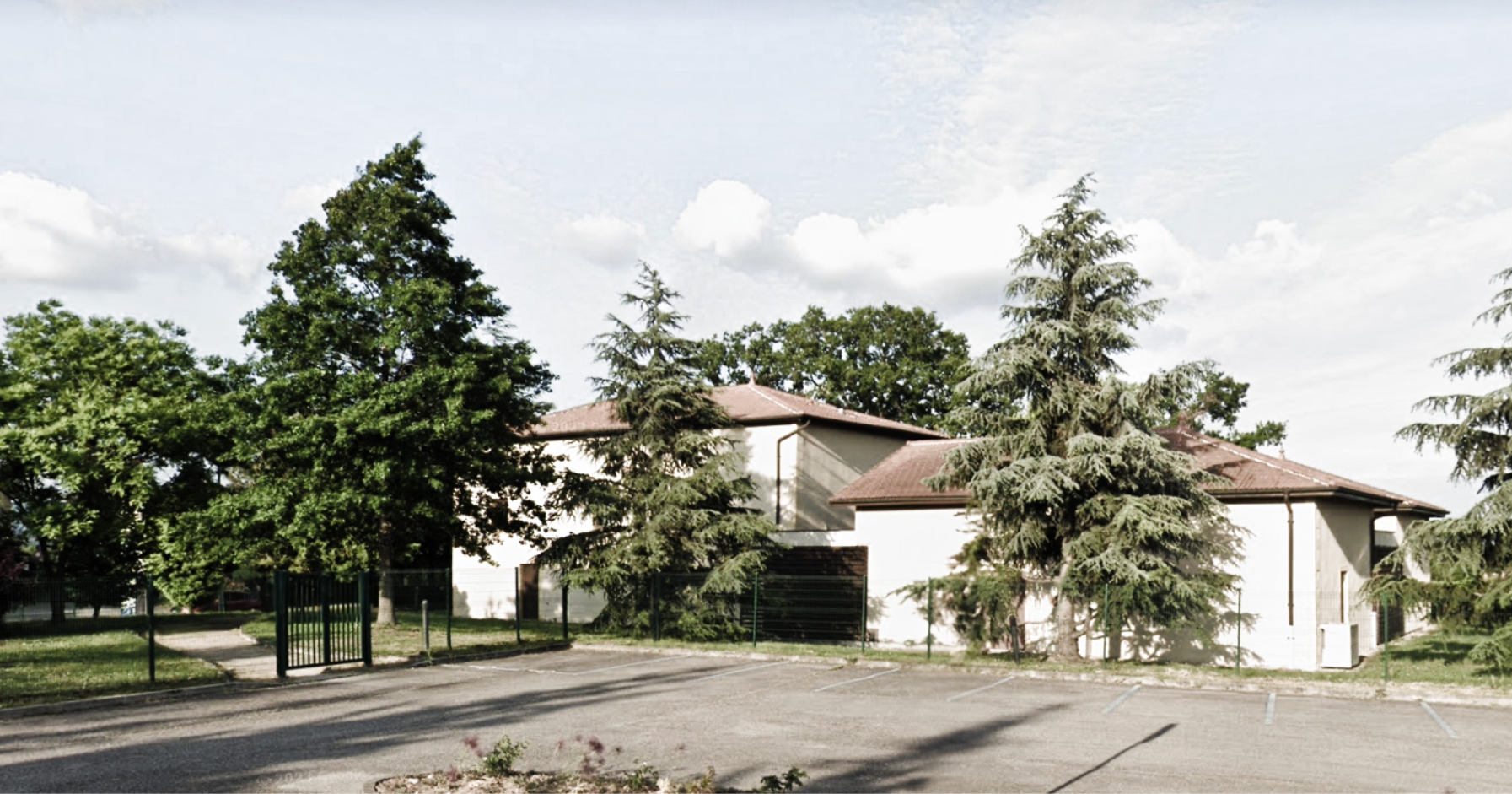
Plan your visit
All the information you need
Our partners
